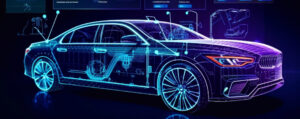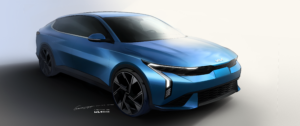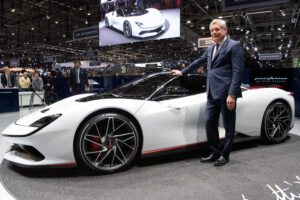2013 Seat Leon FR design
httpvh://www.youtube.com/watch?v=cDrgIq8PbNI
The new Leon is also compelling for its excellent utility. It combines a more compact exterior with a more spacious interior. The premium materials and the level of craftsmanship place the Leon squarely at the forefront of the competitive field.
SEAT is sending the new Leon into battle with a series of powerful and fuel-efficient TDI and TSI engines ranging from 1.2 to 2.0 litres displacement. All engines feature direct injection and turbocharging; they have been engineered for low internal friction and fast warm-up. Compared with their respective predecessors, their fuel consumption is down by up to 22 percent.
The 1.6 TDI generates 77 kW (105 hp) and 250 Nm of torque. In the Ecomotive version with start/stop system and recuperation, it consumes just 3.8 litres of diesel per 100 km on the NEDC, equating to 99 grams of CO2 per km. The extensively reengineered 2.0 TDI consumes an average of just 4.0 litres of fuel per 100 km in the Ecomotive version. With 110 kW (150 hp) and 320 Nm of torque, it is a powerful driving force for the Leon.
SEAT will rapidly expand the engine line-up. Early 2013 will see the arrival of the 1.2 TSI in two versions with 63 kW (86 hp) and 77 kW (105 hp), a 1.4 TSI with 90 kW (122 hp) and, at the top of the petrol range, a 1.8 TSI with 132 kW (180 hp) and a combination of direct and manifold injection. The diesel line-up will be augmented by the 1.6 TDI with 66 kW (90 hp) and the new top TDI — the 2.0 TDI with 135 kW (184 hp). It delivers a maximum torque of 380 Newton metres.
Depending on the engine, transmission options range from five- and six-speed manual gearboxes or the renowned six- and seven-speed DSG dual-clutch gearboxes.





